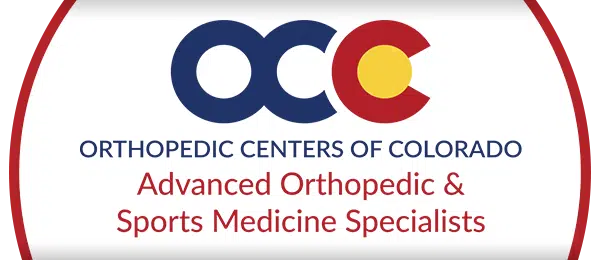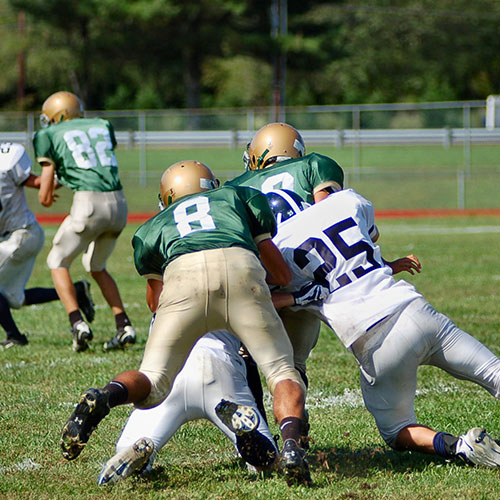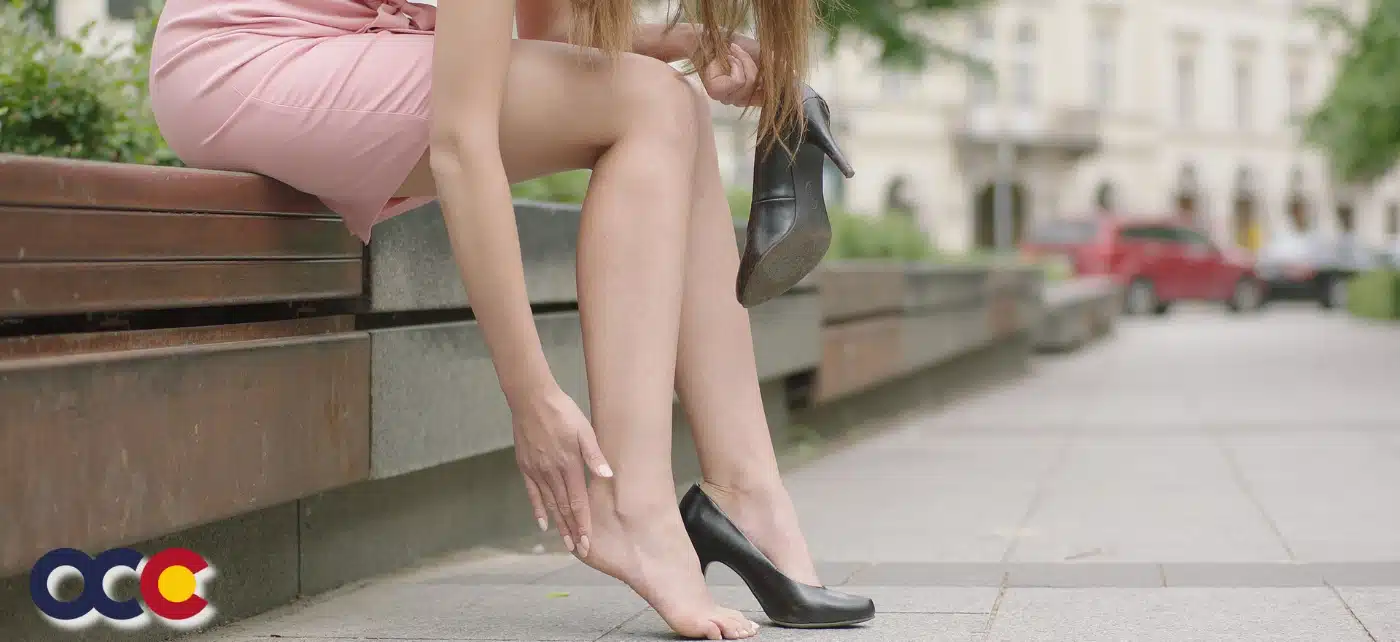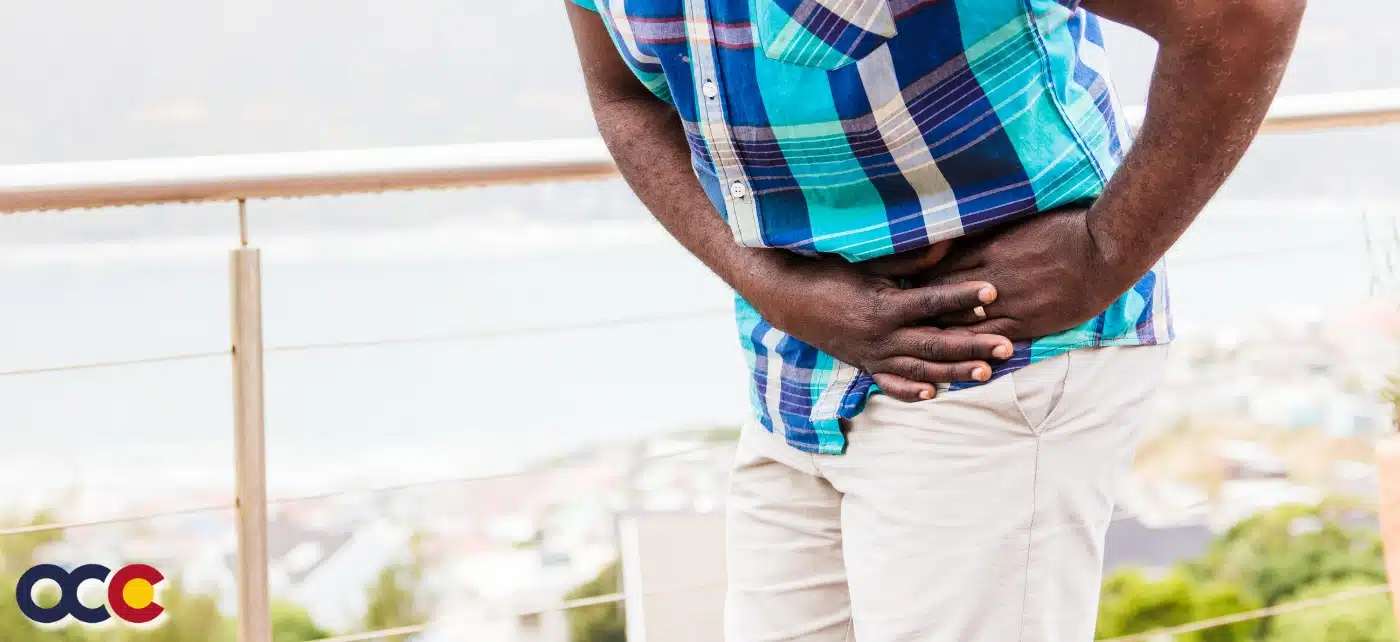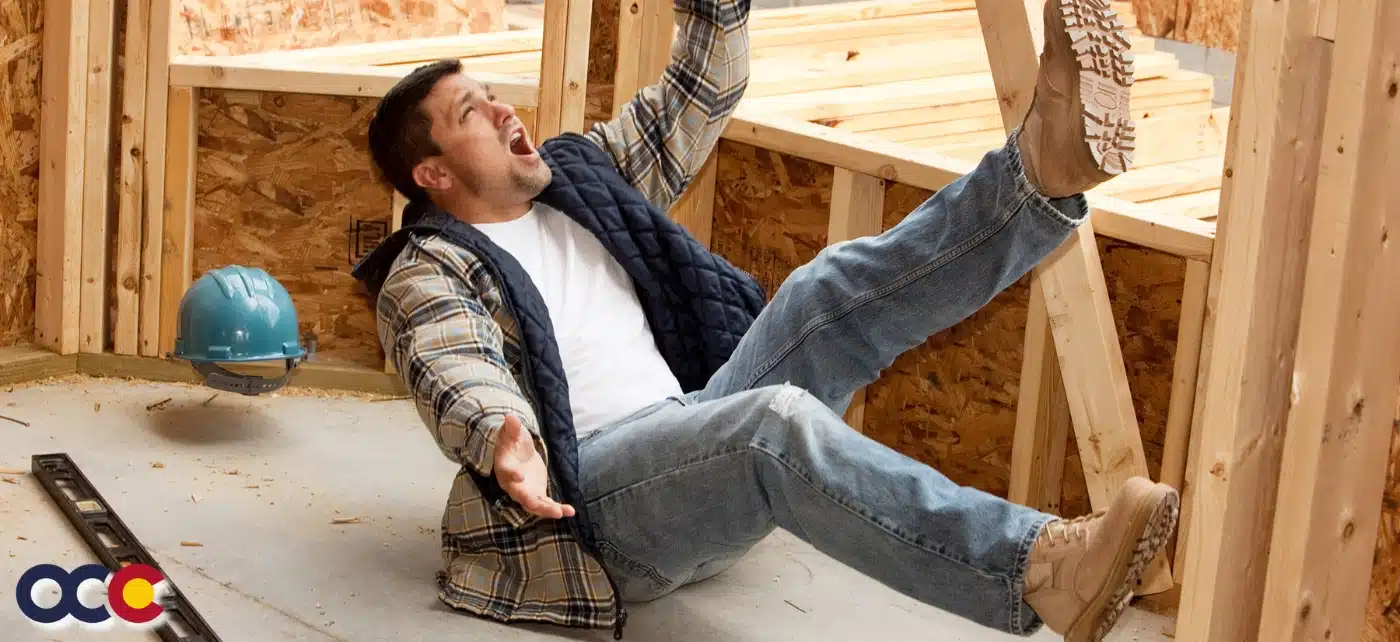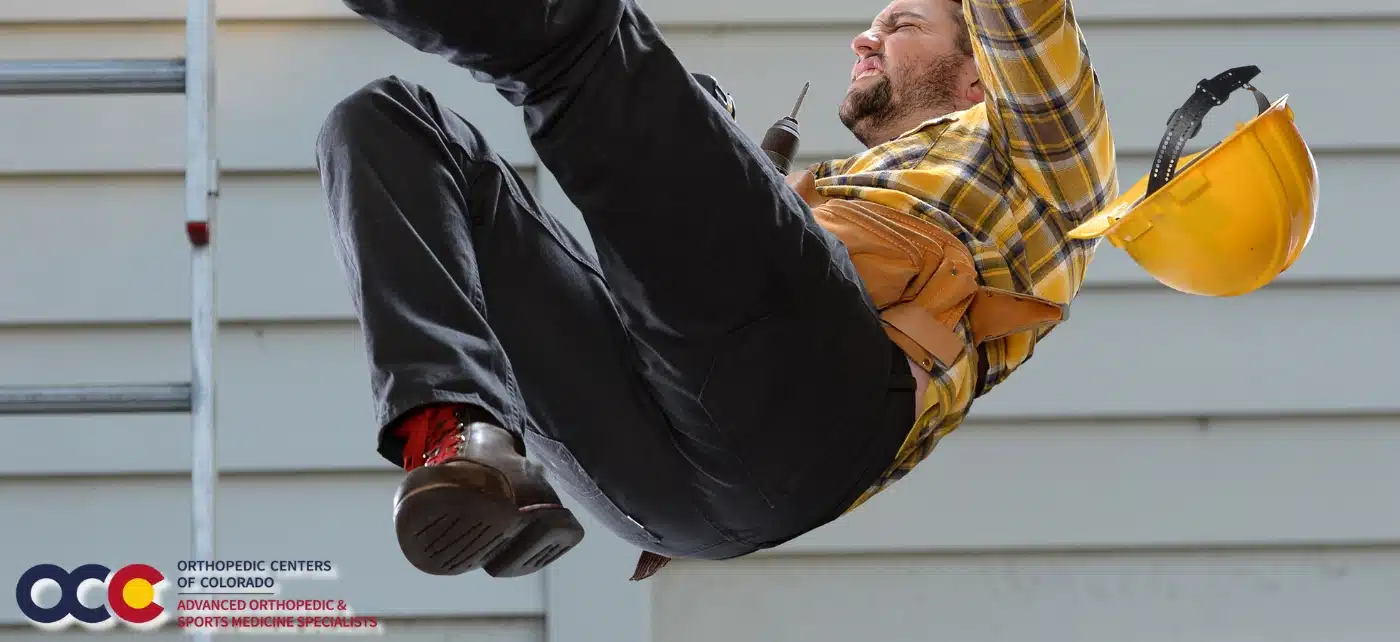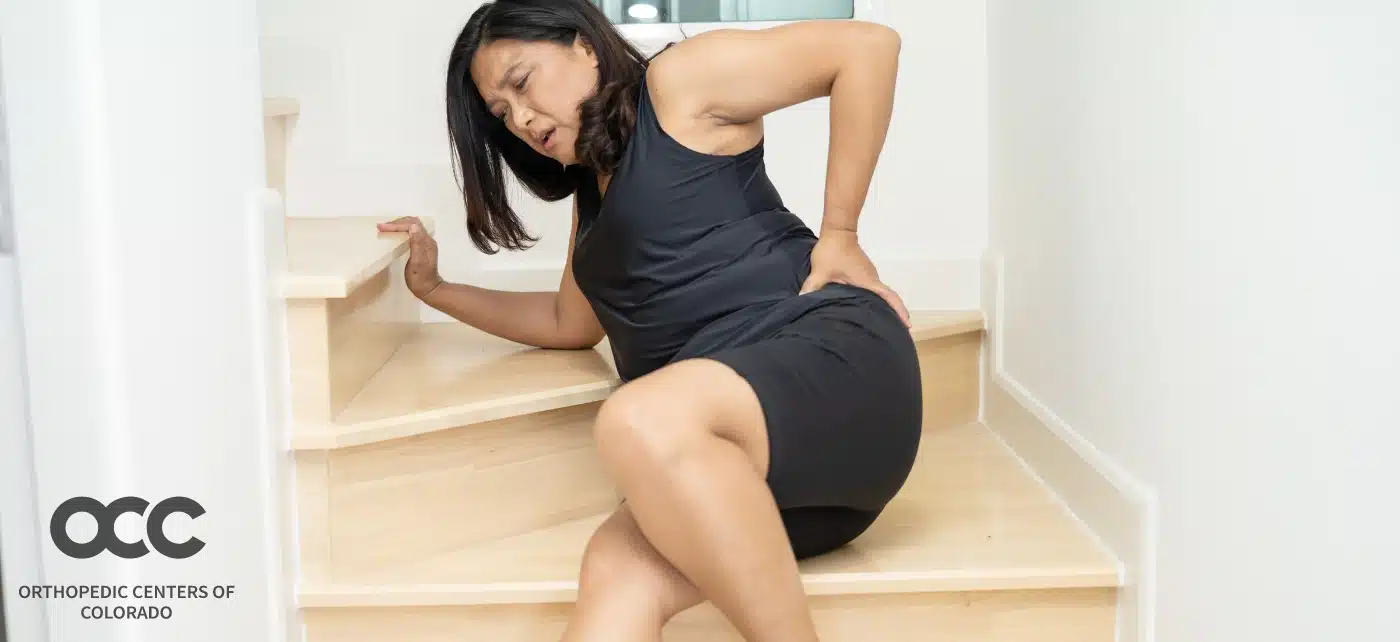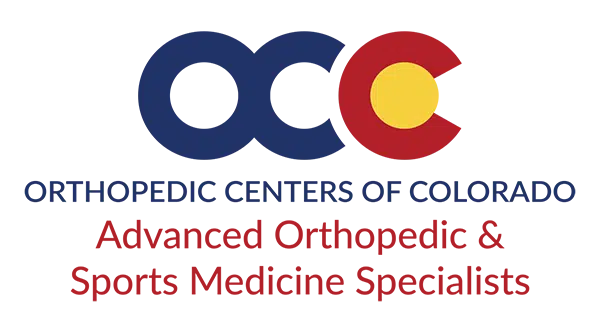Fall sports are already in full swing and preparation for winter sports is gearing up. At Advanced Ortho, our goal is to provide our community with the guidance, resources, and services you need to keep you active and enjoying all the seasons that Colorado has to offer. Sports are as diverse as the seasons, but several fall and winter sports – football, ice hockey, gymnastics, soccer, skiing and figure skating – share body movements that can place extra strain on your hip and increase the risk for a labral tear. As the leaves begin to fall, we’re taking a look at common symptoms and causes of hip injury, tips for prevention and how to get you back in the game.
What is a hip labral tear?
Advanced imaging and in-depth studies have made game-changing advances in isolating sources of hip pain. Identification and treatment of labral tears are perfect examples of the fusion of science and technology to improve recovery and performance in sports. The labrum is a ring of cartilage that extends out from the bone of the hip socket to seal around the head or ball the hip joint. Injuries, deformities or repetition of twisting, pivoting and cutting motions can cause a tear in the labrum. When the labrum is torn, the hip seal is broken and the result is pain, and loss of stability.
How do I avoid it? Given the nature of its socket seal, tears to the labrum can result from both trauma and repetitive motions that involve pivoting or twisting. Since many sports motions – from golf, to ballet, to gymnastics – incorporate these twisting motions, eliminating them from your activity is usually not practical. Instead, the best prevention comes from developing strength and flexibility. Your core, leg and gluteal muscles can support your hips through the highest pressure points. You are most at risk when your hip is supporting your full body weight while your legs are pushing the limits of what would be considered your hips’ standard range of motion.
Diagnosis: How do you know you have a torn labrum? Many times, a decline in performance can be the first indicator, as symptoms are not always immediately apparent. Other common indicators are pain (in your hip, deep groin or the front part of your leg) and a locking/catching feeling in your hip as you walk or move from a seated position to standing.
Treatment: How can I fix it? Treatments for hip pain range from activity modification and therapy, to surgical corrections. With advanced imaging, a sports medicine specialist can determine if a physical therapy regimen can empower your supportive muscle groups (core, glutes) to improve your condition; or if a surgical repair is necessary to restore you to full activity. Both options have the potential to relieve pain, restore stability, and return you to form. Technological advancements in treatment have taken the focus off of anxiety about hip surgery and put it exactly where it belongs – on your full recovery.
We may soon feel a change of the seasons in our bones, but bone discomfort – chill or other – should never come from your sports’ motions and movements. Enjoy Colorado and enjoy fall sports, but, along the way, be informed, be prepared and Be Active!
